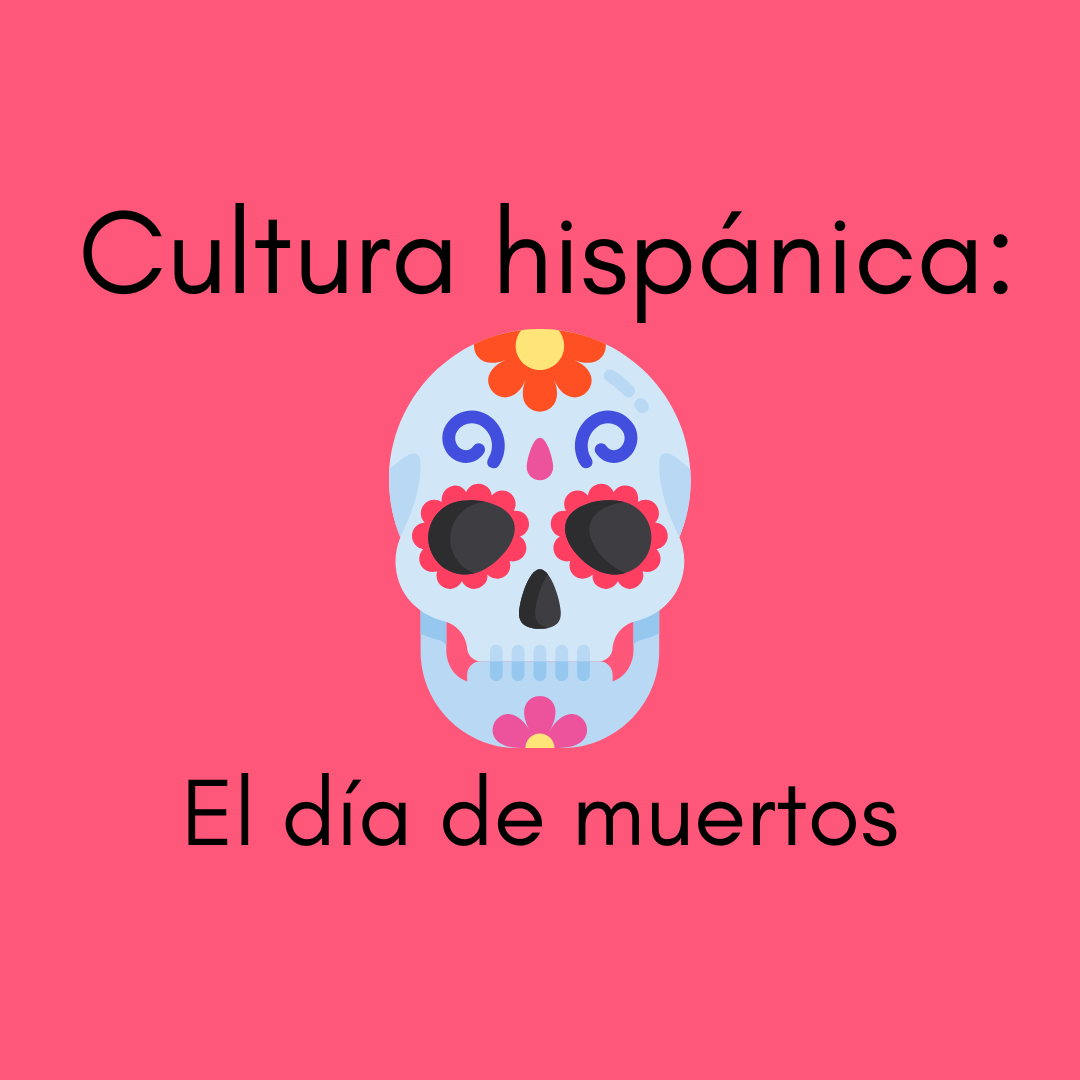The Mexican tradition that honors the deceased

The Day of the Dead is one of Mexico's most prominent celebrations. It has its roots in ancient pre-Hispanic civilizations, such as the Mexicas and Mayas, in their rituals and offerings, believing that death was part of an eternal cycle. When the Spanish arrived in the 16th century, the Day of the Dead merged with the Catholic festivities of All Saints' Day and All Souls' Day, resulting in the current celebration.
It is celebrated on November 1 and 2. The first day is dedicated to deceased children (known as the Day of the Little Angels), and the second to adults. During these days, it is believed that the spirits return to the world of the living to reunite with their families and enjoy their favorite foods and items.
The celebration includes altars and offerings, large and small, placed in homes and cemeteries, decorated with candles, marigold flowers (cempasúchil), sugar skulls, colorful paper cut-outs (papel picado), and photos of the deceased. Each element has special symbolism: the marigold, for example, is the flower that, with its fragrance and color, guides the spirits on their return, and the candles illuminate their path.
Additionally, the festival includes parades, music, and the creation of literary skulls—humorous verses about death. This tradition, recognized by UNESCO as an Intangible Cultural Heritage of Humanity, celebrates life, memory, and the connection between different generations. No one truly dies as long as they are remembered.

